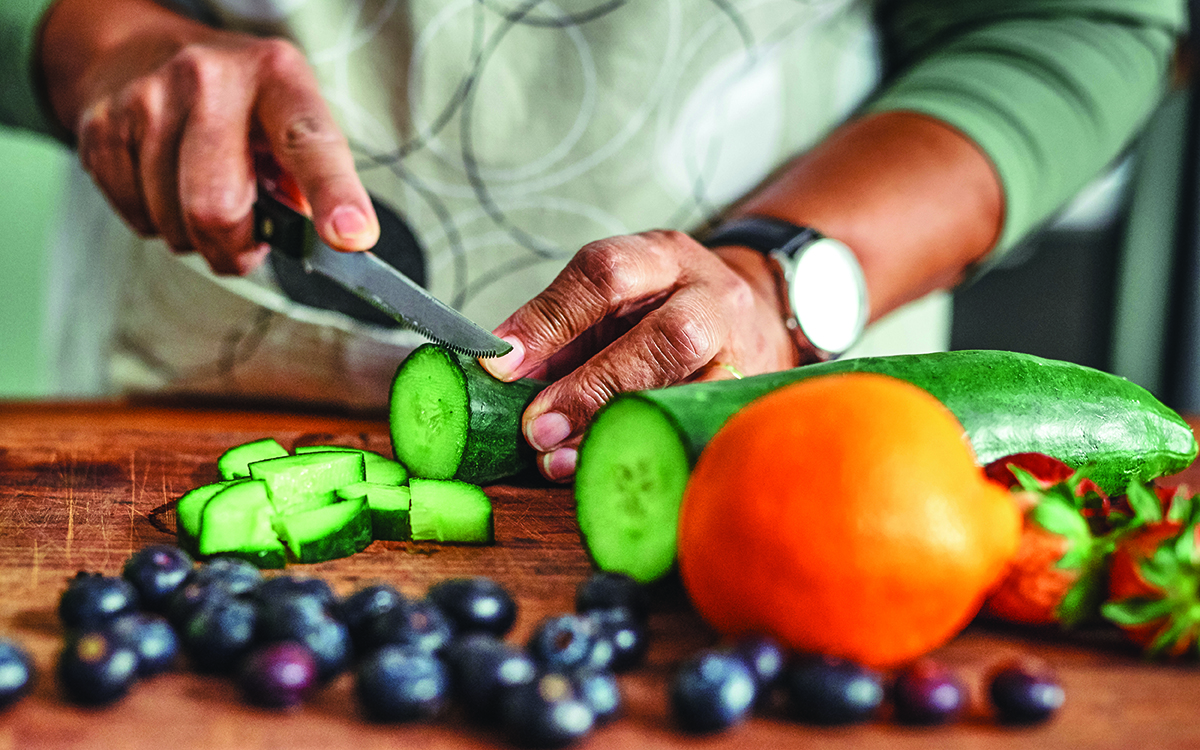Managing Your Diabetes During the Holiday Season

By Line
he holiday season is approaching, and with it comes gatherings with friends and family. These occasions often feature special dishes that are high in carbohydrates, posing challenges for those with diabetes. Proper nutrition, fitness, and medication management become crucial during this time.
Neglecting careful management can lead to uncontrolled diabetes, increasing the risk of long-term complications like blindness, kidney failure, neuropathy, ulcers and amputation, as well as short-term consequences like hospitalization due to high glucose levels or diabetic ketoacidosis (especially for those with type 1 diabetes).
To navigate these challenges, consider some holiday planning tips:
For those with type 1 diabetes without weight issues, proper carb counting, and insulin management are essential. Enjoy a diverse diet.
If you have obesity alongside type 1 diabetes, moderately limit carb intake.
Individuals with type 2 diabetes should strive to minimize carb consumption and skipping a meal is generally safe unless you are on insulin or glucose-lowering medications that could lead to low blood sugar. You should follow your physician’s advice to decide if you can skip a meal or not.
When faced with a buffet party, opt for small portions, starting with vegetables. You can indulge in your favorite dish, but be mindful of portion sizes. Eating slowly is vital and try to avoid extended periods of sitting. Physical activities like walking and standing are better than prolonged sitting. Stay hydrated by choosing water over sugary drinks like juices, sodas, sweet tea, and alcohol. Remember that holidays and gatherings are about more than just food; they are opportunities to connect with loved ones.
Here are some food selection tips:
Prioritize vegetables, fruits, protein, and whole grains while controlling portion sizes. Be cautious with alcohol.
Choose oil-based salad dressings and limit high-fat creamy options like ranch or blue cheese dressing, butter, lard, coconut oil, margarine and cream.
Avoid excessive consumption of sweet snacks and desserts like ice cream, cookies and cakes. If needed, taste a small amount, around 1-2 teaspoons.
Non-starchy vegetables can be enjoyed freely, including broccoli, cauliflower, carrots, kale, lettuce, cucumber, chilies, jalapeños, cabbage, eggplant, spinach, tomatoes and peppers.
Limit starchy vegetables like potatoes, pumpkin, butter squash, yams and yuca.
Control your intake of bread (whole wheat or white), oatmeal, rice, quinoa, pasta and cornmeal. Also, be mindful of popcorn, dried peas, lentils, pinto beans and black-eyed peas.
Consume fresh fruits in small quantities and avoid dried or canned fruits.
Include dairy products like cheese, but limit milk and yogurt.
Prioritize protein sources such as lean meats, poultry, chicken, turkey, fish, seafood, eggs, nuts, seeds and soy products.
In summary, savor the holidays while recognizing the challenges diabetes can pose. With planning and preparation, you can navigate these occasions more effectively and focus on enjoying the festivities and connecting with loved ones.

